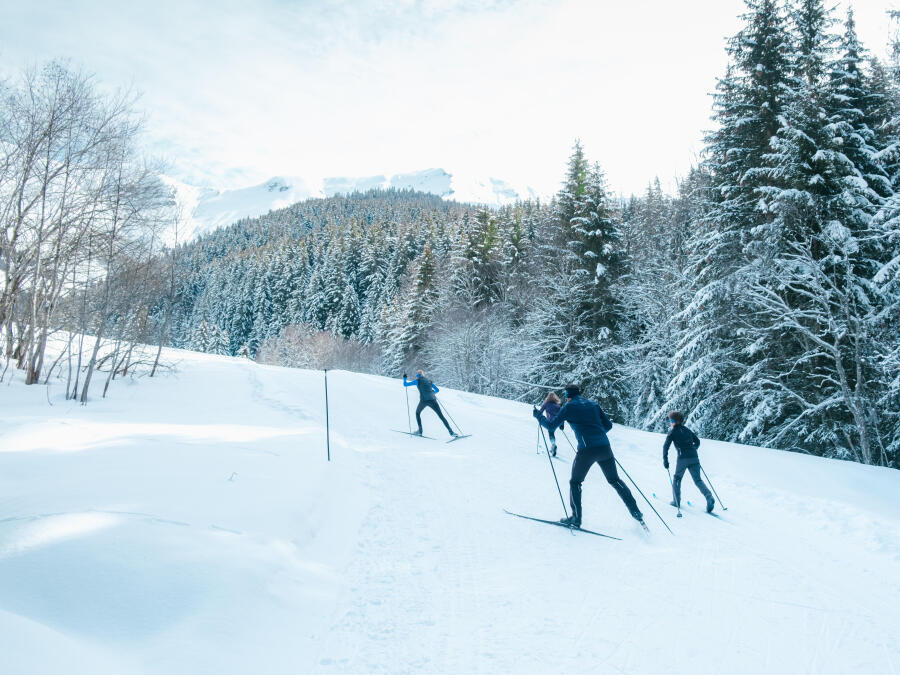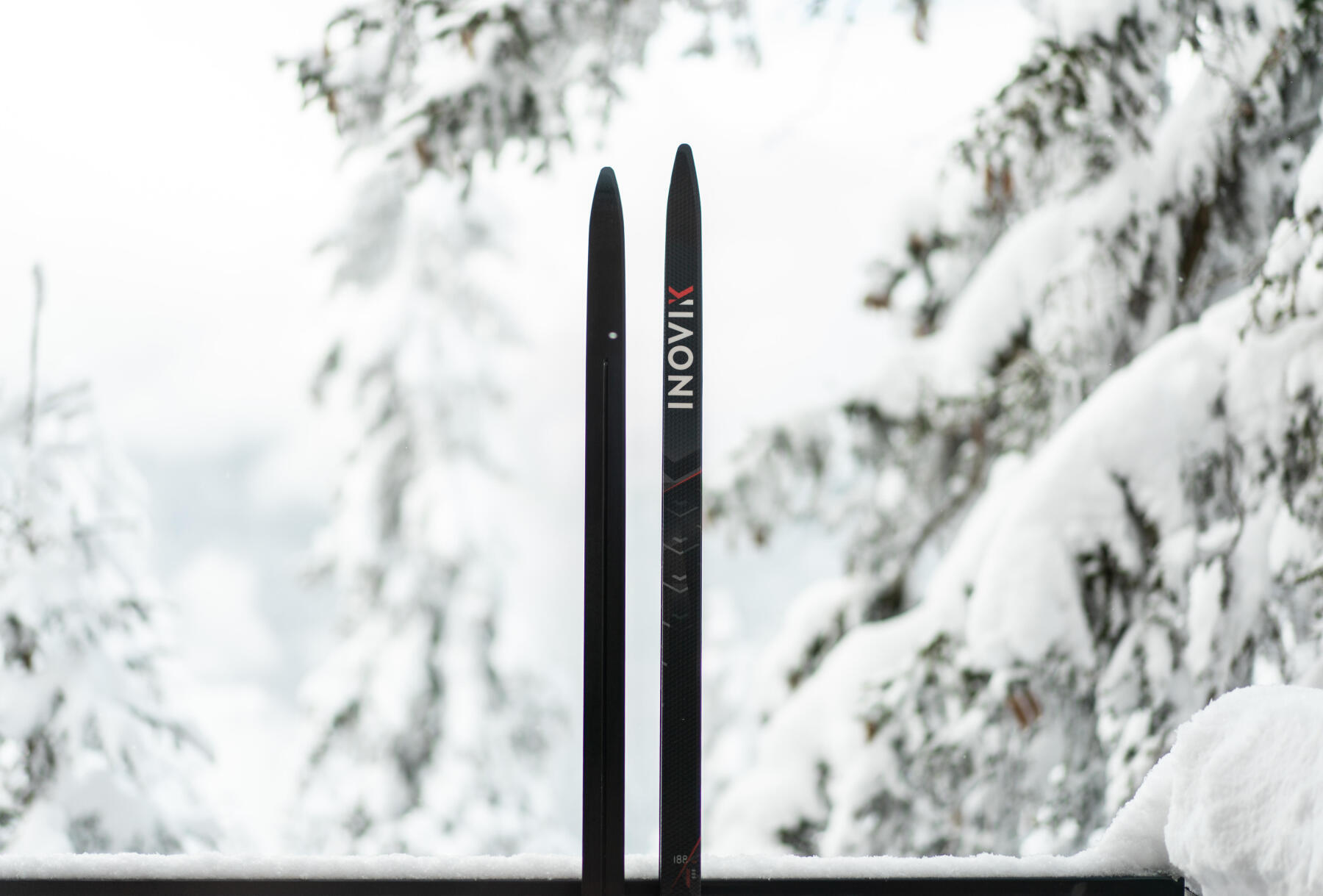What is a biathlon?
Biathlon comes from the Greek word which originally means: "2 events", and this is now the name of a sport that mixes two practices. It combines cross-country ski racing and rifle shooting.
In other words, to aim well you need to be able to control your heart rate. Especially since the shooting can be done standing or lying down. Lying down means: lying in the snow with skis still on. This requires flexibility. But the ground support provides some stability which can make shooting easier.
The Nordic ski used for biathlon depends on the choice of the racer but most choose skating. Tired already? Please note that the rifles carried by the biathletes throughout the course must weigh at least 3.2kg.











